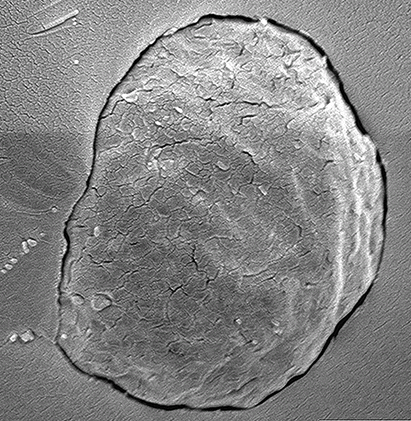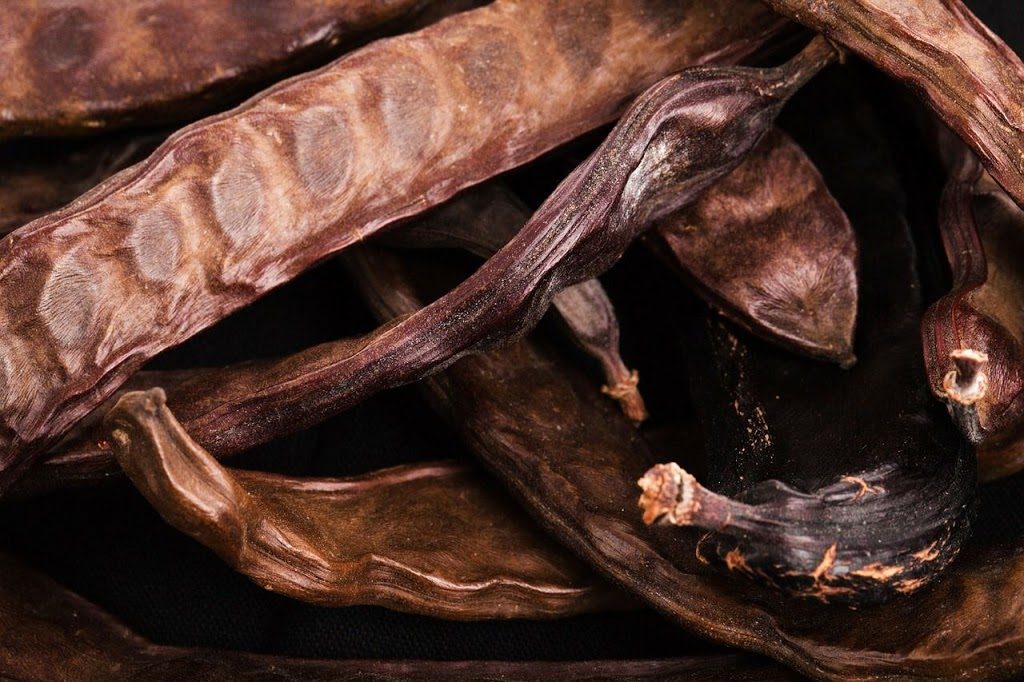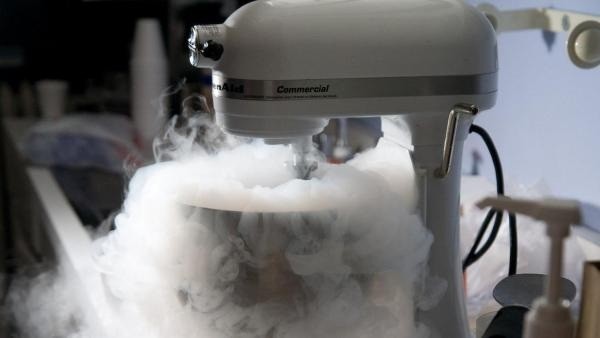Ice Cream Flavor: Chocolate
Welcome to our second deep-dive into flavor. I’ve had more requests for chocolate than for all others put together, and I’m not surprised. Who doesn’t love it? And who hasn’t had problems with it? Chocolate’s up there with coffee when it comes to technical challenges, but it presents its own unique vexations. Chocolate also resembles coffee in that …










